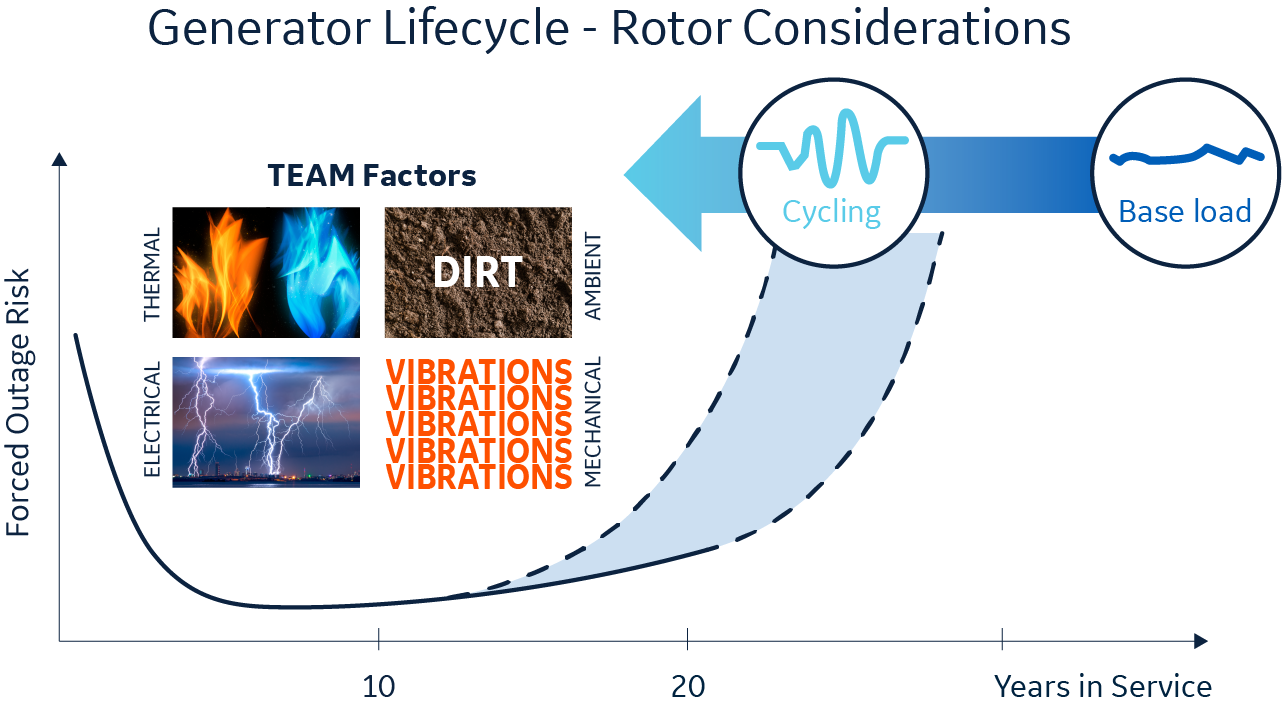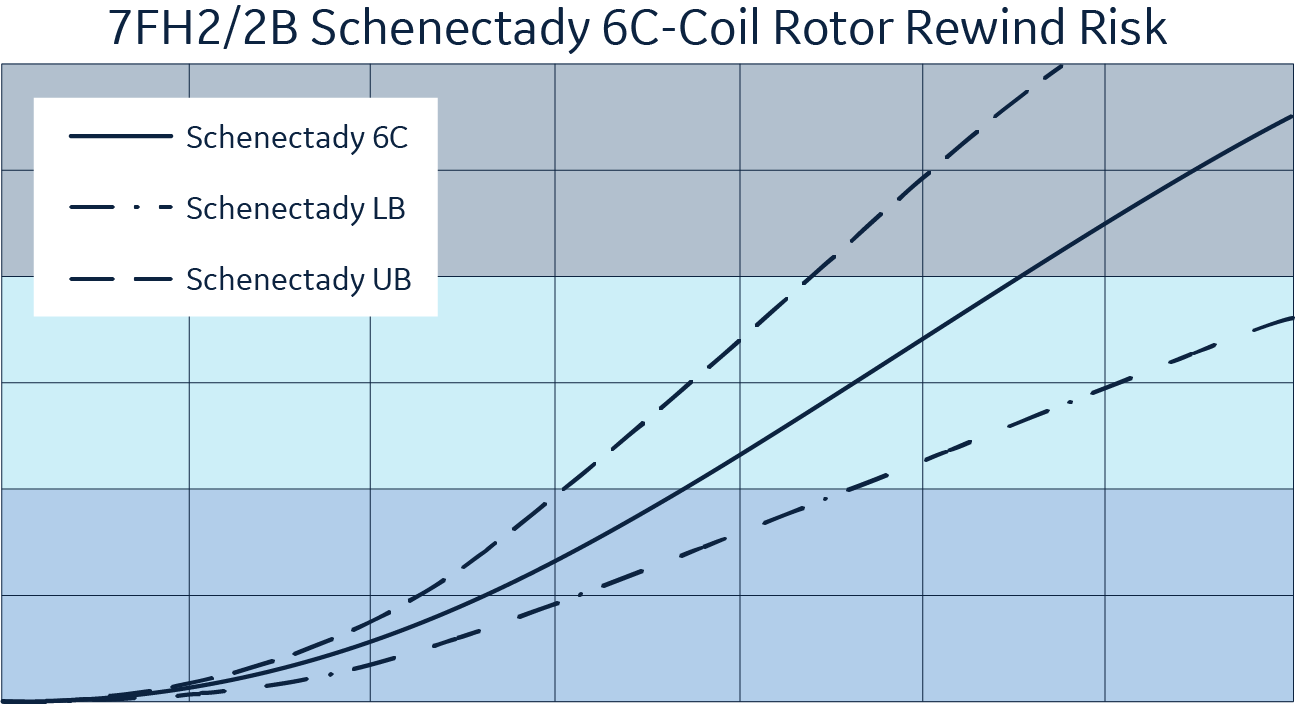Gas generator services for your power plant
Understanding the condition of your generator is crucial to maintaining its reliability. GE offers a wide range of generator maintenance solutions, covering all cooling technologies, all generator sizes, and all OEMs. Local presence, global expertise and a strong heritage are the basis of our universal portfolio of gas generator service solutions.






